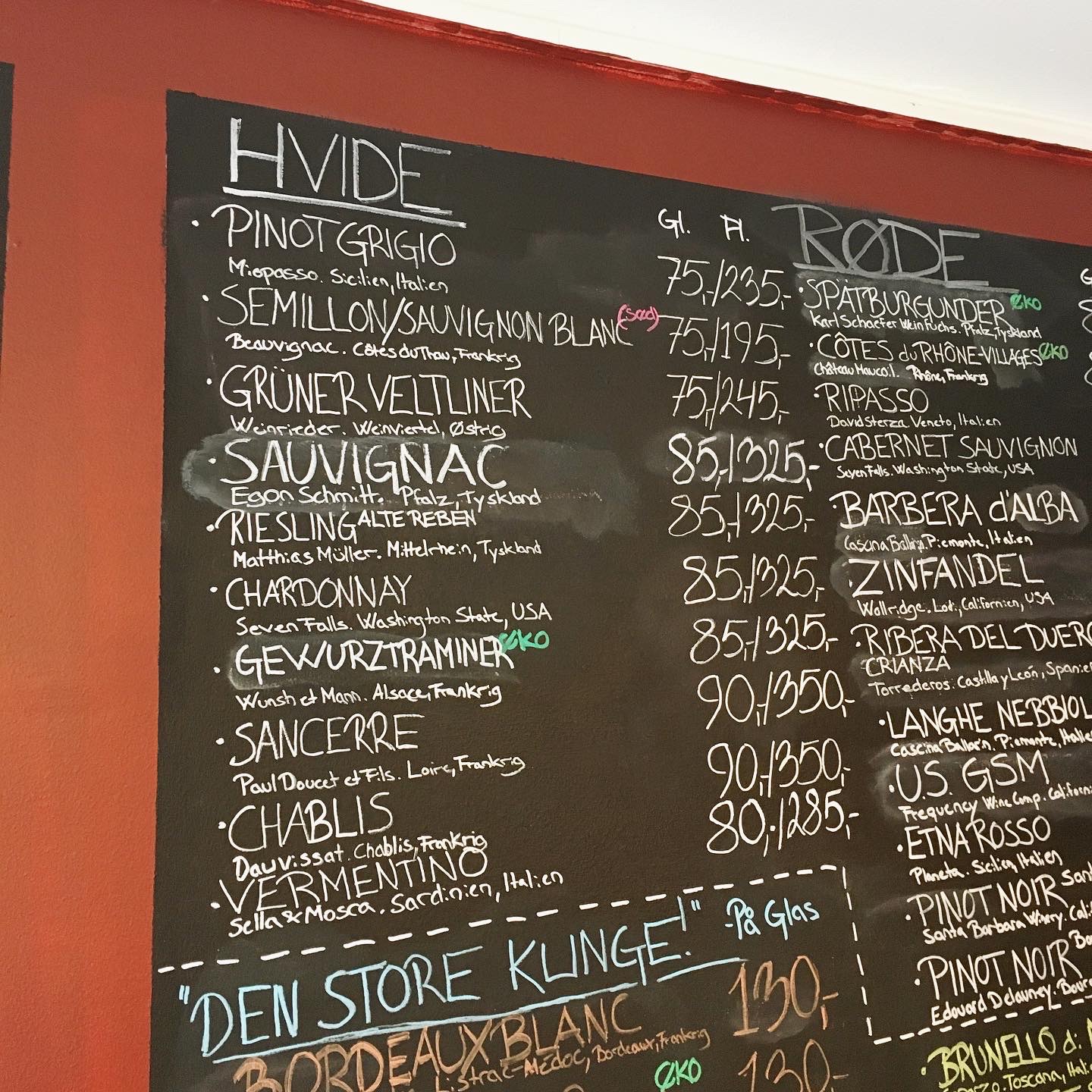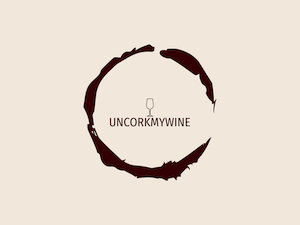Explore the World of German Wine
German wine is attracting increasing attention in Scandinavia, particularly in Denmark. Over the past year, the market share has risen from 5% to an impressive 7%, and this upward trend shows no signs of slowing down. This surge has led to a notable inclusion of renowned German grape varieties like Riesling, Grauburgunder (Pinot Gris), and Spaetburgunder (Pinot Noir) on menus in countless urban settings.
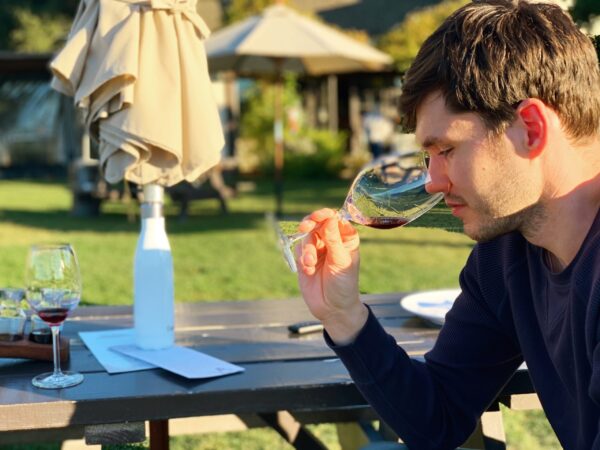
Allow me to introduce you to the captivating world of German wine and share my deep enthusiasm for these exceptional vintages. My name is Jan Eggers, and I am a dedicated advocate for German wine. I hold a wine education from Vinakademiet in Copenhagen and nurture an unwavering passion for German wine.
My goal is to infuse my passion and knowledge to spread the joy of German wines throughout Denmark. This involves close collaboration with the German embassy and the Danish-German Chamber of Commerce, where I curate their exclusive wine club.
German wine takes center stage in my endeavors.
Interested in a German wine tasting for your wine club, work, or friends?
Then don't hesitate to contact me vie the button below.

German Wine Regions
Germany presents a total of 13 distinct wine regions, with Mosel, Pfalz, and Rheinhessen standing out as the most recognized export regions.
While the world acknowledges the famous wines from Mosel and the value-driven selections from Pfalz and Rheinhessen, Germany's wine-cultural landscape holds even greater allure.
Situated between latitudes 48 and 50 north, Germany claims its position as the northernmost European area suitable for commercial wine production. The variation in microclimates and geographical nuances in different regions contributes to exclusive production zones, ensuring wines of consistently high quality.
Notable areas also include the southern German region of Baden, known for its robust red wines, and the Ahr Valley, famous for its elegant Pinot Noir offerings. Rheingau, situated near Pfalz and Rheinhessen, takes the stage with world-class Riesling. Additionally, Sachsen is an area worth keeping an eye on.
German Grape varieties
Riesling, Grauburgunder, and Spaetburgunder (Pinot Noir) reign as the characteristic grape varieties of Germany.
These varieties thrive in Germany's climate, ranging from cool to moderate. However, the range of exciting grape varieties cultivated in Germany extends far beyond the obvious. Among the native variants, there are fascinating choices like Rivaner, Silvaner, and Elbling, all contributing to Germany's remarkable white wines. Germany's red wine portfolio includes gems like Dornfelder, Sankt Laurent, and Lemberger.
Germany also distinguishes itself in international grape varieties. German Chardonnay has evolved as a serious competitor to Chablis wines. German Merlot and Cabernet Sauvignon are also gaining increasing recognition worldwide.
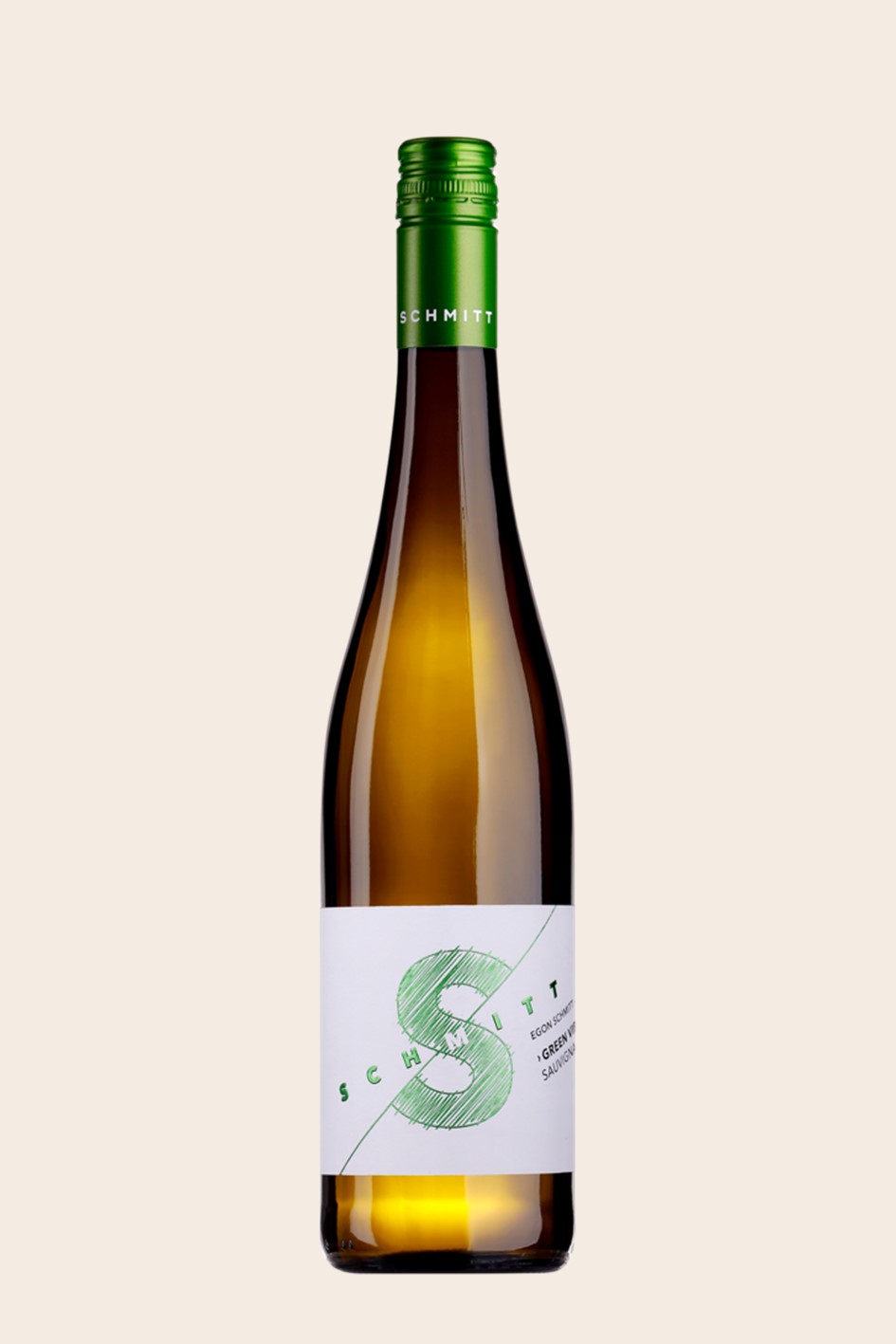
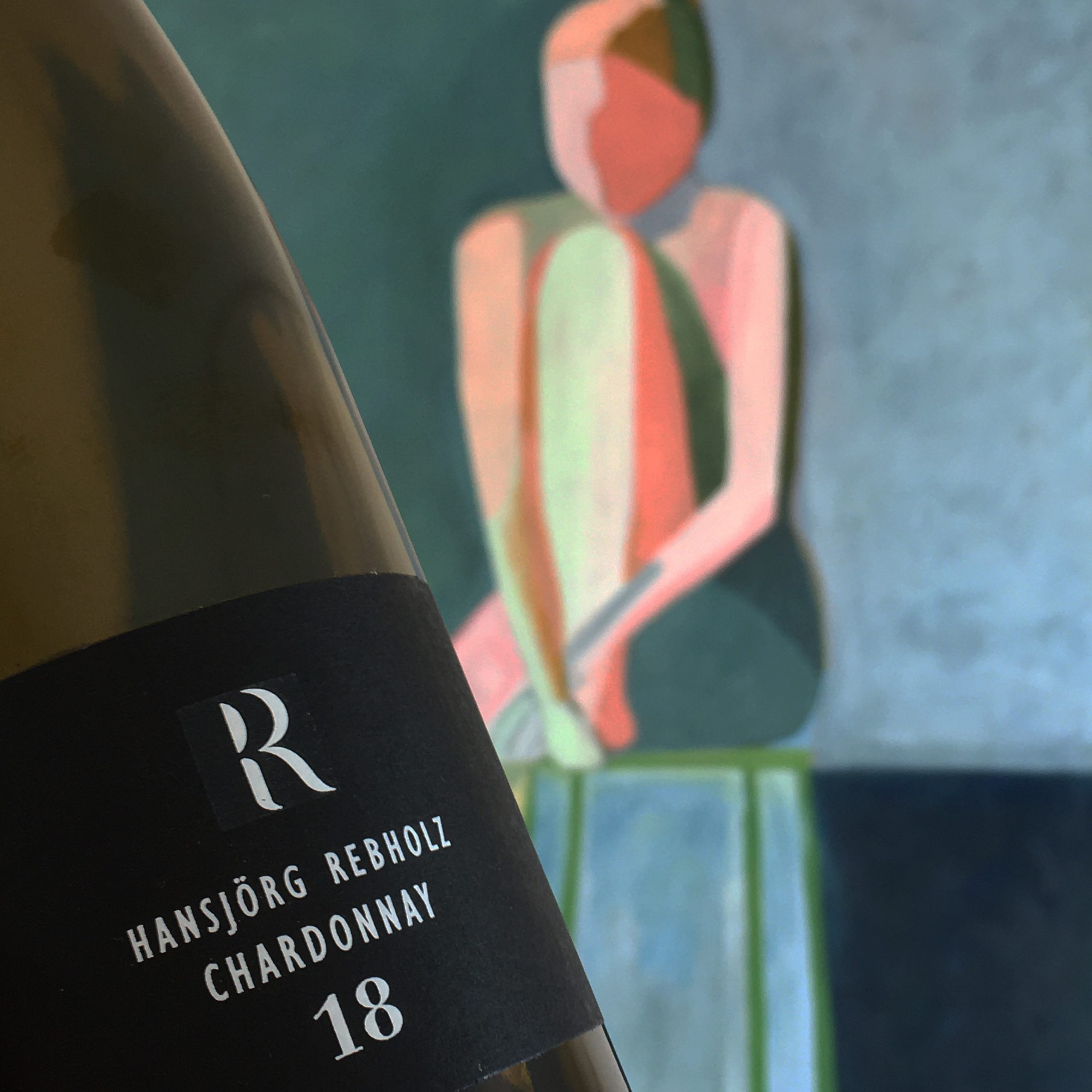
German Wine Theory
Navigating Germany's wine designations requires an understanding of its unique nuances.
Unlike European DOC or AOC designations, Germany focuses on the sugar content of the wine. This not only determines whether the wine qualifies as Praedikatswein but also dictates descriptions on the label, such as "trocken" (dry), "halbtrocken" (off-dry), Kabinett, Feinherb, and more.
Join my Masterclass, where we delve into this intriguing system and equip you with the necessary knowledge to navigate the intricate German wine designations.
German Wine Inspiration
To further your exploration, collaboration with esteemed importers and experts in German wine is crucial.
L'esprit du vin, a recognized importer specializing in Mosel wines, enriches wine tastings.
Manfred & Co, a small but quality-conscious importer from Frederiksberg, offers an enticing selection from various regions.
For comprehensive insights into German wine, its evolution, and essential aspects, Wines of Germany is an invaluable resource.
Experience the world of "German wine," where tradition meets innovation, and each bottle encapsulates the passion of generations.
